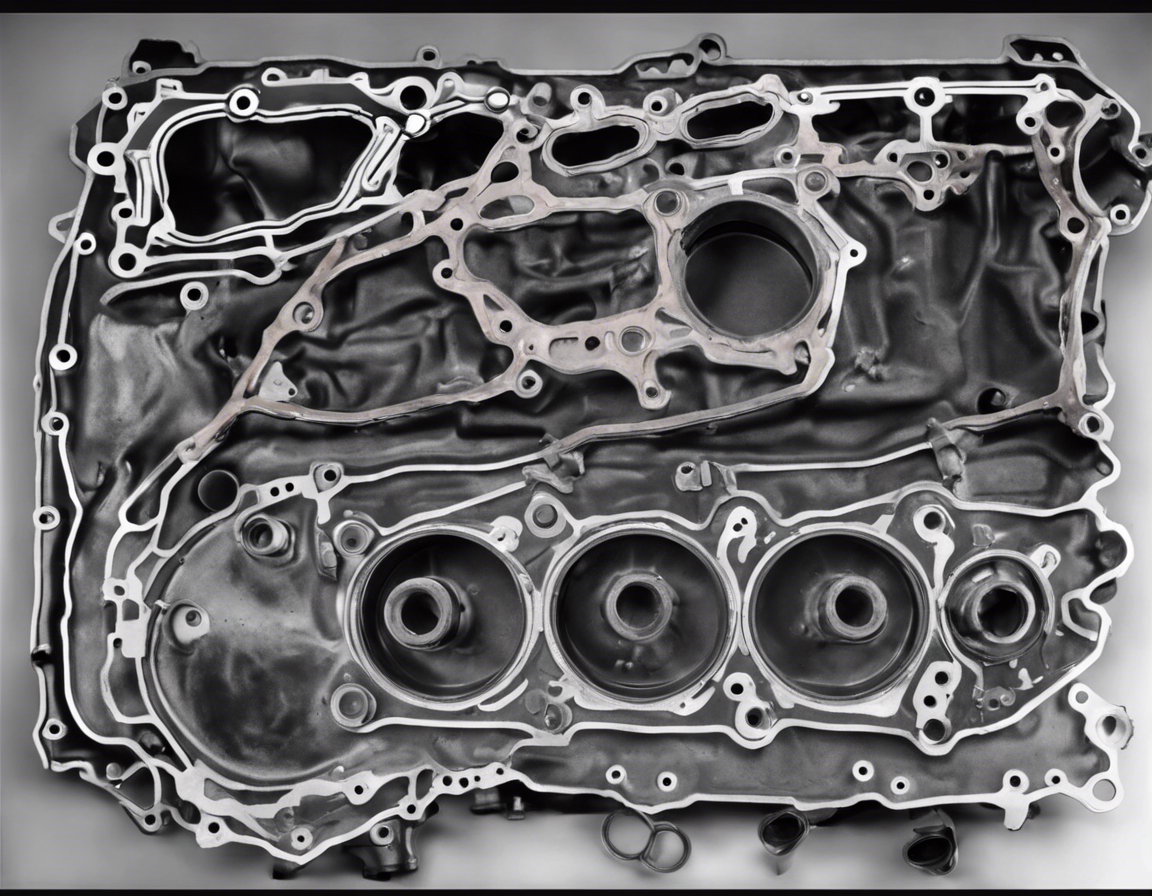Introduction
A head gasket is a crucial component in an internal combustion engine, sealing the cylinders to ensure maximum compression and prevent coolant and oil from mixing. When a head gasket develops a leak, the consequences can be severe and lead to expensive repairs if not addressed promptly. Therefore, it’s essential for car owners to be able to recognize the signs of a head gasket leak and take appropriate action. In this comprehensive guide, we will explore the symptoms of a head gasket leak, the causes behind it, and how to address this issue effectively to prevent further damage to your vehicle.
Symptoms of a Head Gasket Leak
-
Overheating Engine: One of the most common signs of a head gasket leak is an overheating engine. If the head gasket is damaged, it can cause coolant to leak out, leading to a decrease in coolant levels and, consequently, engine overheating. Keep an eye on the temperature gauge on your dashboard, and if you notice your engine running hotter than usual, it could be a sign of a head gasket leak.
-
White Smoke from the Exhaust: Another telltale sign of a head gasket leak is white smoke coming from the exhaust pipe. This smoke is caused by coolant leaking into the combustion chamber and being burned along with fuel. If you see white smoke billowing from your exhaust, it’s a clear indication of a head gasket issue.
-
Milky Oil: When coolant mixes with engine oil due to a head gasket leak, it can result in a milky or frothy appearance of the oil on the dipstick or oil cap. Check your oil regularly, and if you notice this unusual consistency, it’s a strong indicator of a head gasket problem.
-
Bubbles in the Coolant Reservoir: Inspect the coolant reservoir in your vehicle for any bubbles when the engine is running. The presence of bubbles suggests that exhaust gases are escaping into the cooling system through a damaged head gasket, causing the coolant to bubble.
-
Loss of Coolant Without Visible Leaks: If you find yourself constantly refilling the coolant reservoir without any visible leaks, it may be due to a head gasket leak. The coolant is being burned in the combustion chamber, leading to a gradual loss of coolant over time.
-
Poor Engine Performance: A head gasket leak can result in compression loss between cylinders, leading to a drop in engine performance. You may experience rough idling, misfires, or a noticeable loss of power while driving.
Causes of Head Gasket Leaks
Several factors can contribute to the development of a head gasket leak, including:
- Overheating: Excessive heat can cause the head gasket to warp or crack, leading to a leak.
- Poor Installation: If the head gasket was not installed correctly during engine assembly, it can fail prematurely.
- Old Age: Over time, the head gasket can deteriorate and develop leaks due to wear and tear.
- Coolant Contamination: Contaminants in the coolant can cause corrosion and erosion of the head gasket, leading to leaks.
- High Compression: High levels of combustion pressure can exceed the head gasket’s tolerance, causing it to fail.
Diagnosing and Repairing a Head Gasket Leak
If you suspect a head gasket leak based on the symptoms mentioned above, it’s crucial to address the issue promptly to prevent further damage to your engine. Here’s how you can diagnose and repair a head gasket leak:
-
Diagnostic Testing: A compression test or a cylinder leak-down test can help confirm a head gasket leak. These tests can pinpoint which cylinders are affected and the extent of the leak.
-
Professional Inspection: If you’re unsure about diagnosing the issue yourself, it’s best to take your vehicle to a certified mechanic for a thorough inspection. They can use specialized tools to assess the condition of your head gasket accurately.
-
Head Gasket Replacement: Repairing a head gasket leak typically involves replacing the damaged head gasket. This can be a complex and labor-intensive process, requiring the removal of the cylinder head and precise installation of a new gasket.
-
Machining: In some cases, the cylinder head may need to be machined to ensure a proper seal with the new head gasket. This step is essential to prevent future leaks and ensure optimal engine performance.
-
Coolant System Flush: After replacing the head gasket, it’s recommended to flush the coolant system to remove any contaminants that may have contributed to the initial leak. A clean coolant system will help prevent future issues.
FAQs
-
Can I drive with a head gasket leak?
It’s not recommended to drive with a head gasket leak as it can lead to severe engine damage. It’s best to address the issue promptly. -
How much does it cost to repair a head gasket leak?
The cost of repairing a head gasket leak can vary depending on the make and model of your vehicle, labor costs, and the extent of the damage. It can range from a few hundred to a couple of thousand dollars. -
Can a head gasket sealer fix a leak?
While head gasket sealers are available as a temporary fix, they are not a permanent solution. It’s advisable to replace the head gasket for a long-term fix. -
What happens if a head gasket leak is not repaired?
Ignoring a head gasket leak can lead to severe engine damage, including overheating, coolant contamination, and ultimately, engine failure. -
How long does it take to replace a head gasket?
The time required to replace a head gasket can vary depending on the complexity of the job and the availability of parts. It can take anywhere from a few hours to a full day or more.
In conclusion, being able to identify the symptoms of a head gasket leak is crucial for maintaining the health and longevity of your vehicle’s engine. If you notice any of the warning signs mentioned above, it’s essential to address the issue promptly to prevent further damage. Consult a professional mechanic for an accurate diagnosis and timely repair to ensure your vehicle stays in top condition.



